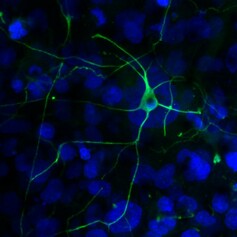 Therefore, for my independent project, I have chosen to study the effects of substances that influence the brain like nicotine (cigarette smoke), n-Hexane, melatonin, and mercury on neurogenesis in fruit fly larvae. Regarding the cigarette smoke, I would like to pursue an experiment in which I compare the effects of electronic cigarette smoke to traditional cigarette smoke and see how they each affect neurogenesis. Neurogenesis is the growth and development of nervous tissues. Through larval brain and disc dissection, I will be able to get access to the larval brain and see how the drugs impacted the brain. I will use phosphohistone H3 (pH3) staining to give myself a visual representation of the proliferation in the neural crest cells. The more positively stained cells that are in each sample, the more proliferation. Furthermore, I will apply separate environmental stressors, which are changes in circadian rhythms and temperature to my experiment. Before I begin my experiment, I predict that the larvae that are exposed to the different drugs from their embryonic stage will experience a negative impact to their central nervous systems, thus decreasing the rates of proliferation in the neural crest cells. I believe that my independent project will help quench my thirst for knowledge and will lead to me having an even deeper appreciation for neuroscience.
The female fertility assay that I did during the first four weeks allowed me to get comfortable with working with the tiny flies, and it has given me the golden opportunity to learn more about the different assays that I can employ in my independent project. Furthermore, the female fertility assay that I conducted helped familiarize me with the lab equipment and protocols, which will improve my ability to perform my independent research. For example, the picture to the left above with the four collection cages shows my incubation period during my female fertility assay. Through that step, I learned how to properly make and handle grape plates, in order to encourage more flies to lay their embryos. I am looking forward to carrying out this exciting experiment and learning more about neuroscience!
0 Comments
Your comment will be posted after it is approved.
Leave a Reply. |
Archives
April 2024
Categories
All
|
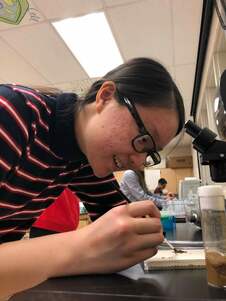
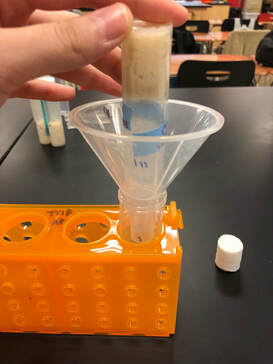
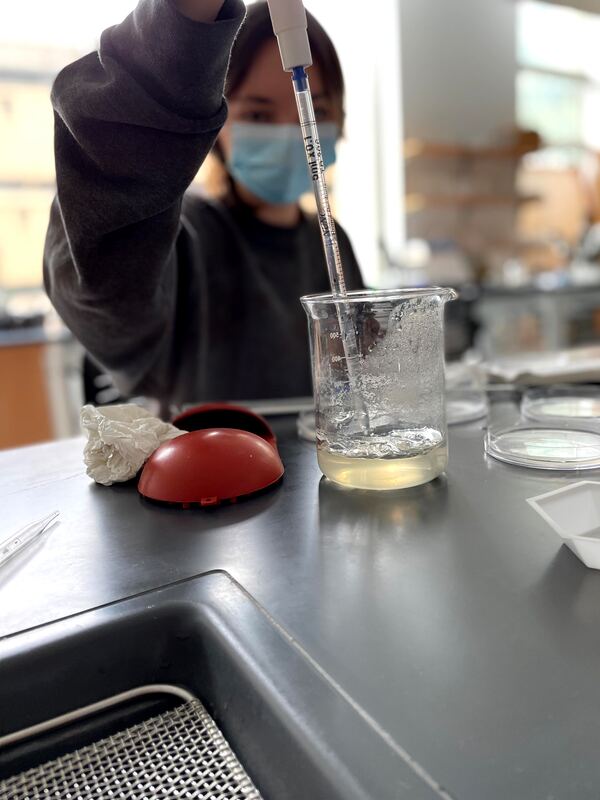
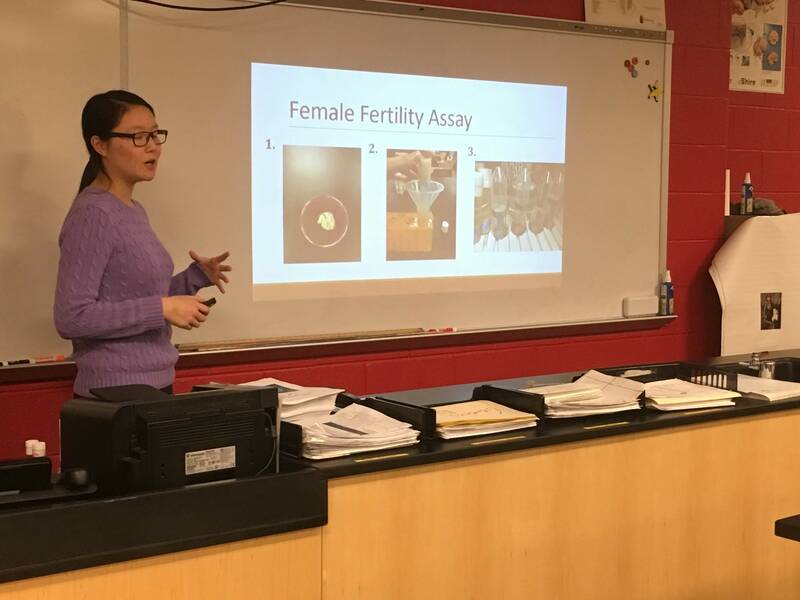
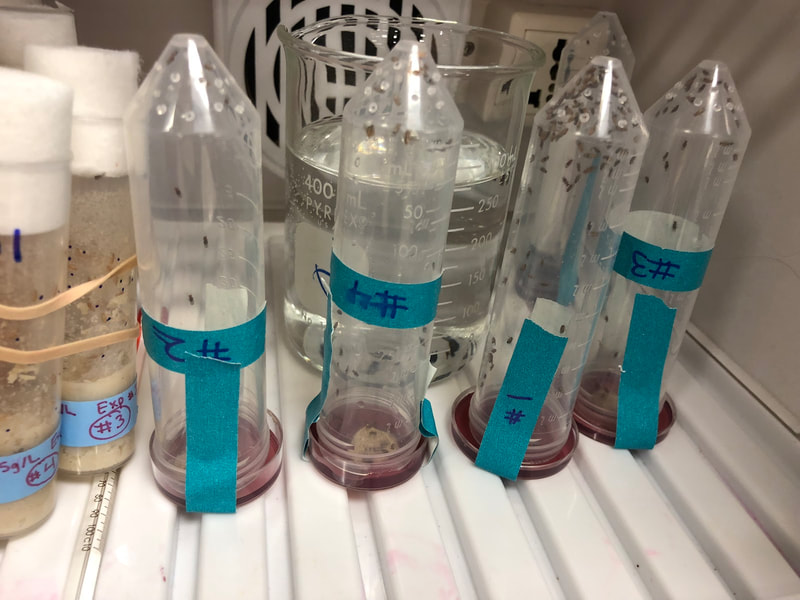
 RSS Feed
RSS Feed